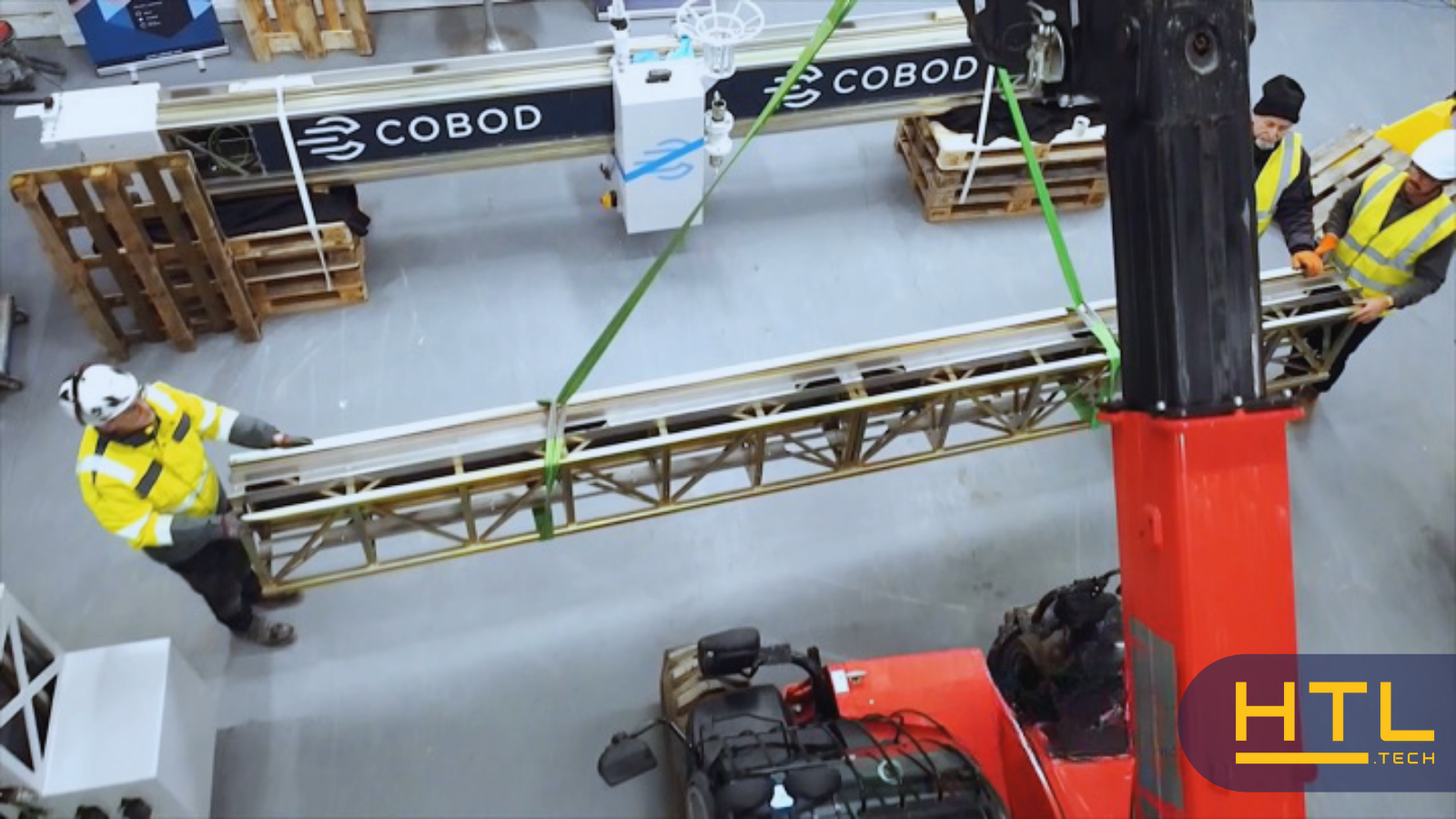Could 3D Construction Printing Help Solve the Irish Housing Crisis?
Sean Keyes’ recent article in The Currency looked at the possibility of addressing the current Irish housing crisis with the help of 3D construction printing. Excessively high construction costs and a shortage in labour are hampering housing construction in Ireland and HTL.tech believes that they have an idea that could address the lack of available housing supply.
From their R&D facility in Drogheda, the HTL.tech team has since the start of 2022 been testing novel 3D construction printing details and materials with the aim to assist the construction industry which has been building homes in the same way for the past 30 years.
HTL.tech’s Technical Director, Dr Marchant van den Heever, is a keen supporter of the technologies’ potential to be used to increase not only the speed at which houses can be built but also the focus on the reliability of the construction process, reduced cost, the sustainability and customisability of 3D printed buildings.
By streamlining the construction process, the Irish housing crisis could be addressed at the source - cost. As construction costs have increased over the years, private builders and government social housing projects have been at a standstill. A target of 33, 000 homes a year has been set by the Government to be completed by 2030 in order to meet their targets.
With the industry not moving with the times and adopting new technology to increase their productivity, we have seen building costs rise by an eye-watering 70-90% since 2007 due to the low supply and high demand.
The Automated 3DCP Process
The 3D construction process promises much more than just efficiency.
The beauty of automated construction allows the superstructure to be first digitally designed and printed according to a BIM model. This BIM model with exact specifications can be sent to contractors and sub-contractors to pre-manufacture their required building elements mitigating task dependency and ultimately allowing for the rest of the building process to happen in a more predictable and efficient fashion.
The fact that architects, engineers, M&E, and suppliers’ designs are created in 3D and the superstructure is done by hand means that discrepancies cause issues with time and accuracy whereas a 3D printed foundations and superstructure rarely deviate from the 3D model.
The cost and availability of labour are also concerning factors in the current construction climate and labour costs and suppliers can also be greatly reduced with 3DCP. The extensively automated process sees only 4-5 labourers needed on-site during the construction of the foundation and superstructure.
This greatly reduces reliance on labour and addresses the current lack of construction workers that the Government has announced to stand at 50, 000 to be able to fill their targets of solving the housing crisis in their set time frame. In totality, you are looking at a construction process that costs 25% less on the superstructure build than traditional construction methodologies at unparallel quality, in competitive timeframes.
The promise of 3D construction printing’s impact on the housing sector in Ireland couldn’t be underestimated, as the industry grows globally and companies adopt 3DCP technology we have been seeing increasing interest from non-profit organisations such as Habitat for Humanity and Building for Humanity to become working partners on projects aimed at solving the problem of affordable housing.
Alquist 3D has recently undertaken to start construction on the world’s largest 3D printed community of 200 homes in Virginia, USA. Driven by the migration changes the pandemic has brought on, Virginia’s New River Valley has shown to be one of the fastest-growing regions in the US when it comes to tech jobs increasing the need for accommodation for workers.
In conjunction with the increased need for affordable housing across the globe and the focus on research into sustainable construction methodologies, 3DCP has been shown to dramatically reduce the amount of waste that would typically be associated with traditional construction methods. The use of less cementitious materials is a welcome change as the construction industry globally moves towards a more sustainable future. An added factor to the sustainability concern of construction is related to the inflating cost of materials and with cement being such an expensive material it is a welcoming thought that the cement fractions are being reduced.
Construction costs are the bane of Irish housing. Could 3D-printed concrete houses help? click here
To read the Alquist 3D article further click here
Huge ‘Black Hole’ in Workforce as 50,000 Building Workers are Needed to Tackle Housing click here



